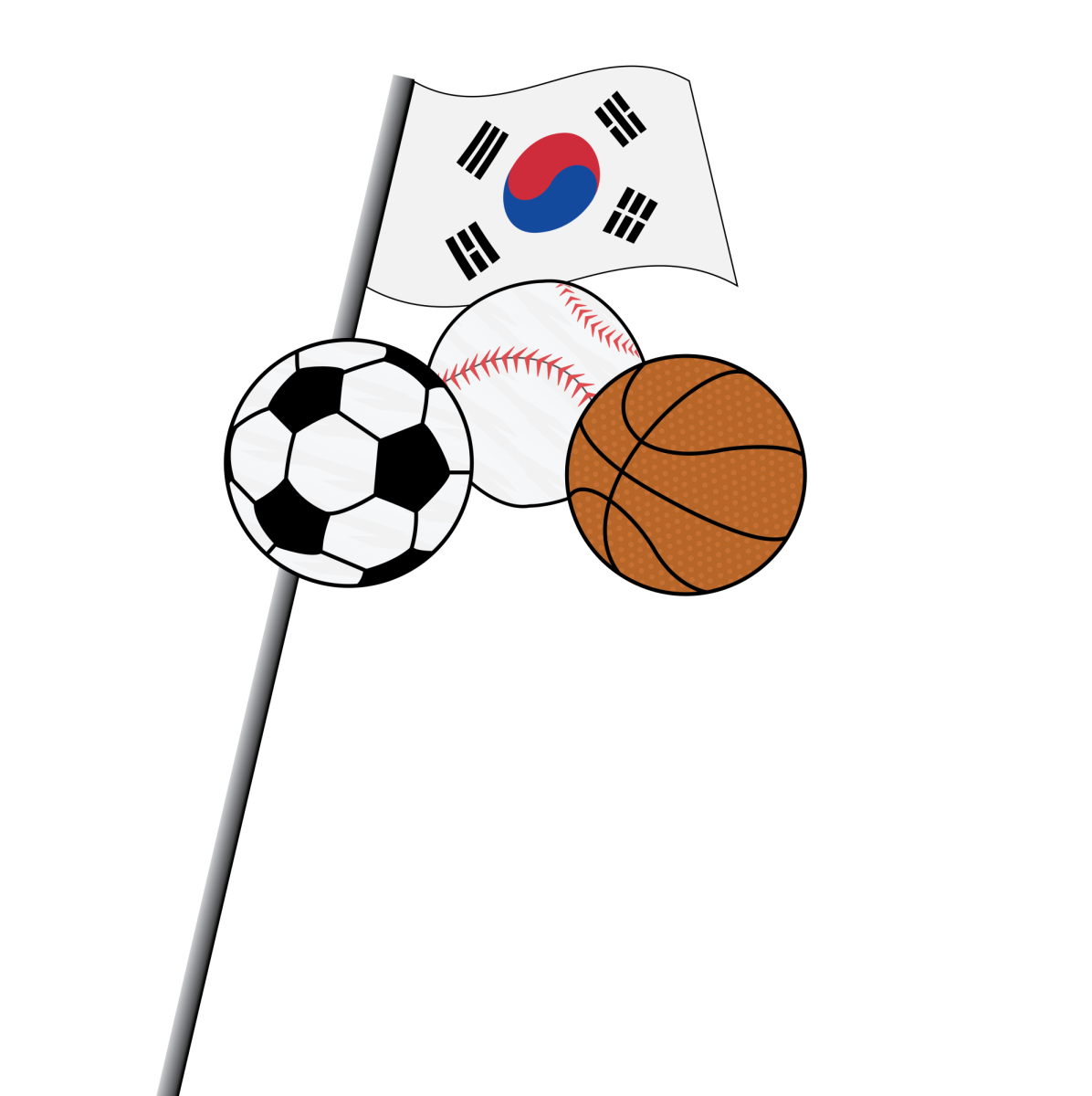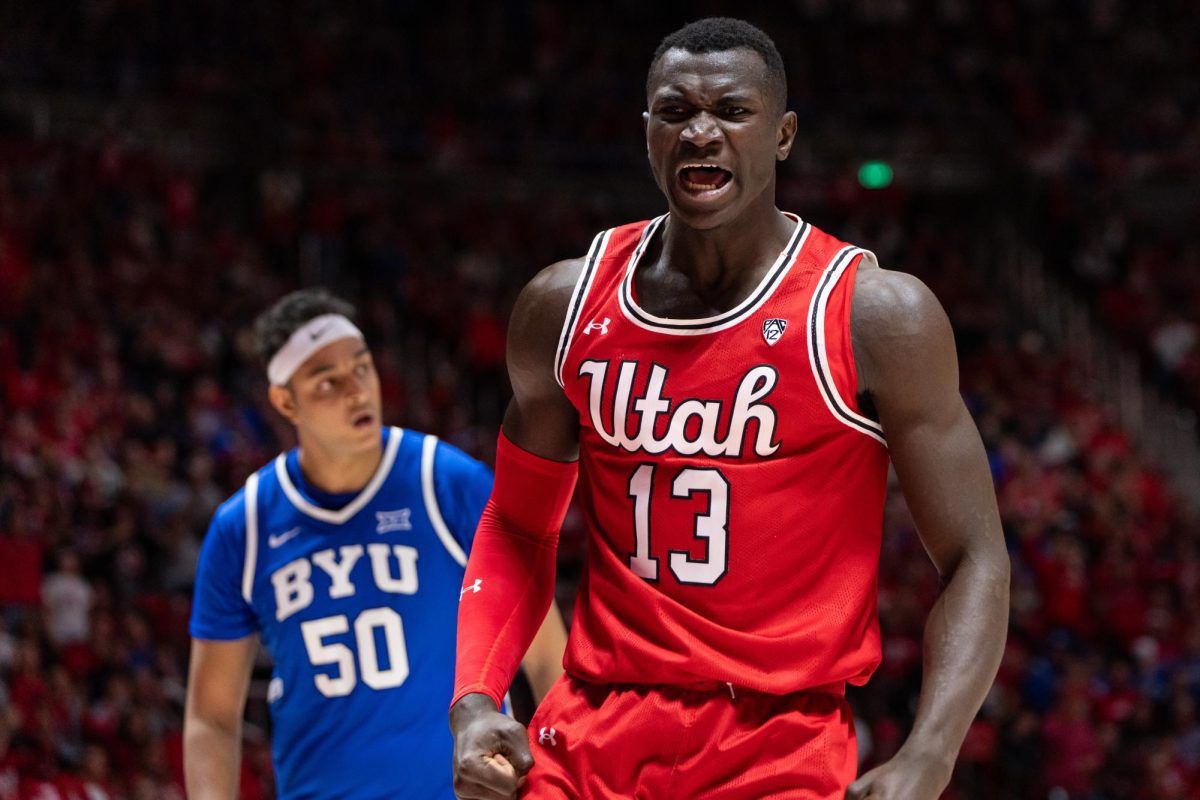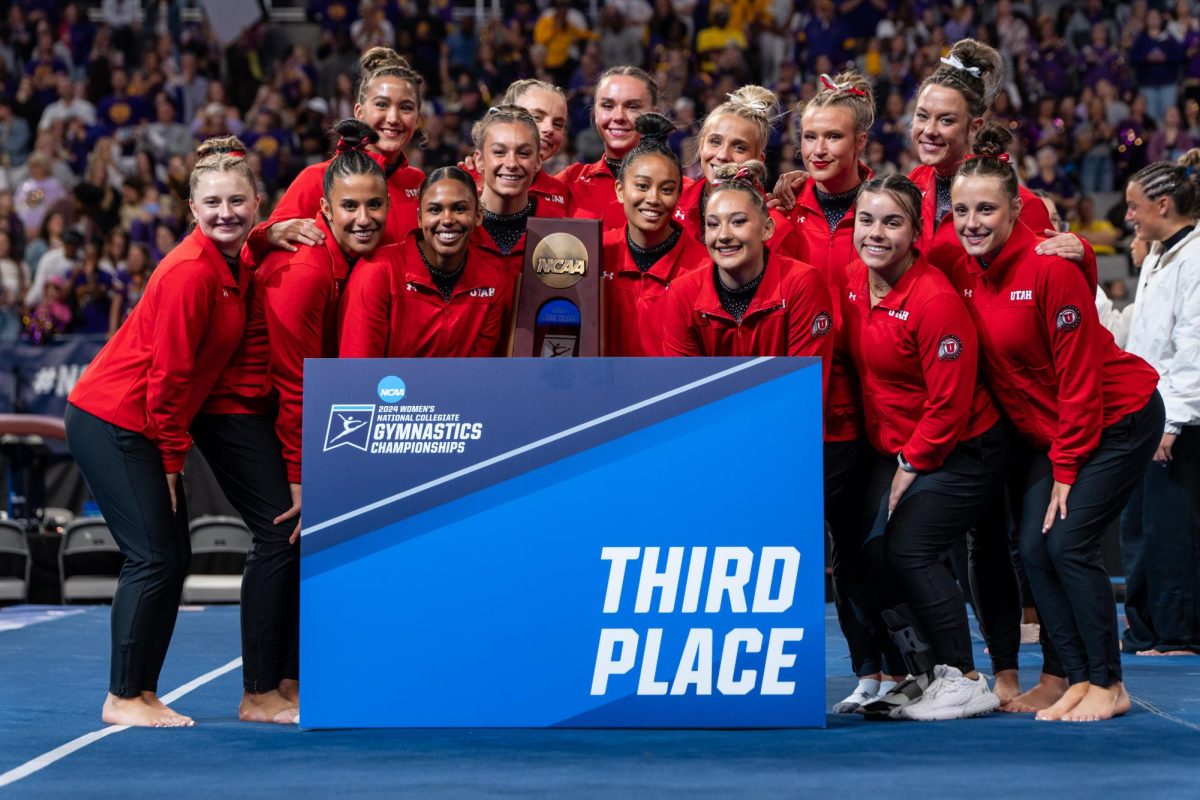Scientific advancement is a wonderful thing. We’ve come so far within just the past decade or so, making advancements and innovations that were once thought impossible. Within the realm of sports, scientific achievement is at the forefront. Since these advances, especially in medical science, we are learning more about how to treat injuries — from torn ligaments and concussions to broken bones.
One place where the science is questioned heartily is the debate between natural and artificial grass, or better known as turf in the sports realm.
For those who might not know, turf first came around in the mid-1960s. The Astrodome in Houston, Texas was where the green stuff made its debut. At the time, the Astrodome used real grass. In order to keep the field green, the stadium was built with a transparent roof, but the problem was that the sunlight blinded players trying to catch fly balls.
So, the solution that was reached was to blanket the entire stadium in artificial turf. First, the material was a simple green carpet made of nylon fibers. As time has gone on, turf has advanced to where it is today. In fact, artificial grass has come so far that now it is used by many professional sports leagues like the NFL, MLB, MLS and international soccer.
The major question is which option is better and are there any specific advantages to one side or the other? Obviously, that is something of a tough question to answer. Preference comes into play, but there are a few verifiable facts.
The main problem with playing on grass is that the playing field is often not level. There can be potholes in the ground that could prove harmful. However, if a grass field were level, it could be better than turf.
First of all, you are generally pretty safe playing on both surfaces, but grass provides more of an upside. According to a pair of studies that were published in the British Journal of Sports Medicine, there are about 4.83 injuries per 1,000 match hours played on artificial turf, and just 2.66 injuries per 1,000 match hours played on grass. So, all things being equal, you are just about twice as likely to get injured playing on turf.
When it comes to injuries, while the risk is small, you are still more likely to get hurt playing on turf. That’s because turf is generally stiffer than grass, so there isn’t much give. We also need to take into account that there is generally more friction between shoes and turf than grass, which impacts the body’s muscles and tendons. While injuries typically aren’t serious (except in rare cases), there does seem to be a higher incidence of ankle and lower extremity injuries when playing on turf as compared to grass.
Perhaps that is a contributing factor for all the injuries we tend to see in professional sports. But the risk is so small that it makes almost no difference. It simply comes down to what you enjoy playing on. For me, nothing beats the feel and smell of real grass. There’s just something about it that makes the experience more enjoyable.
@JaredWalch












